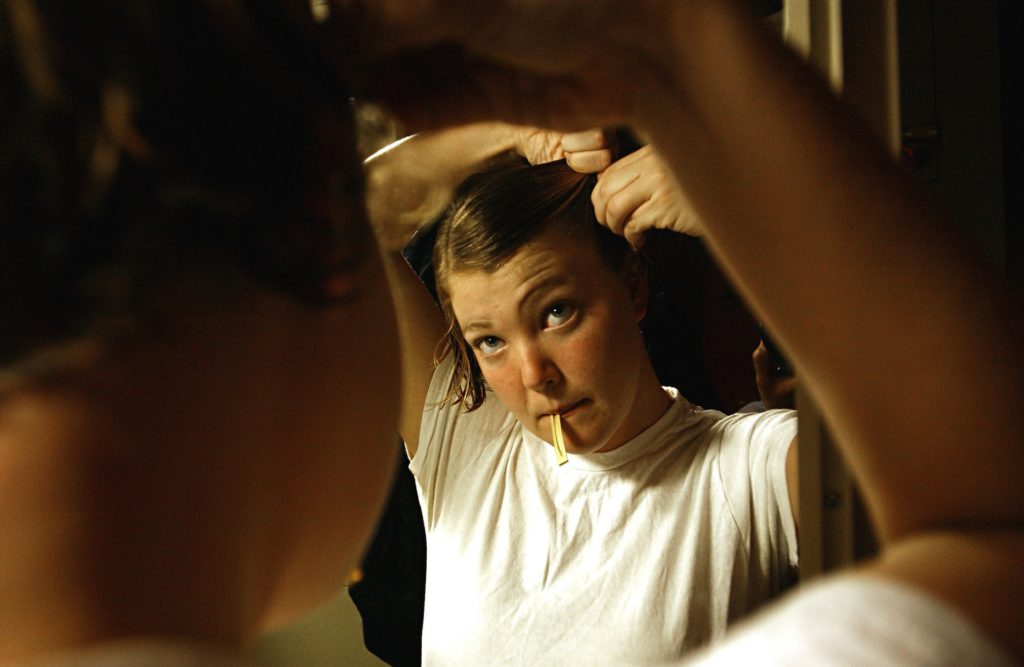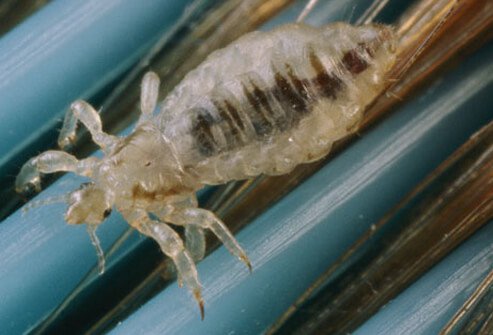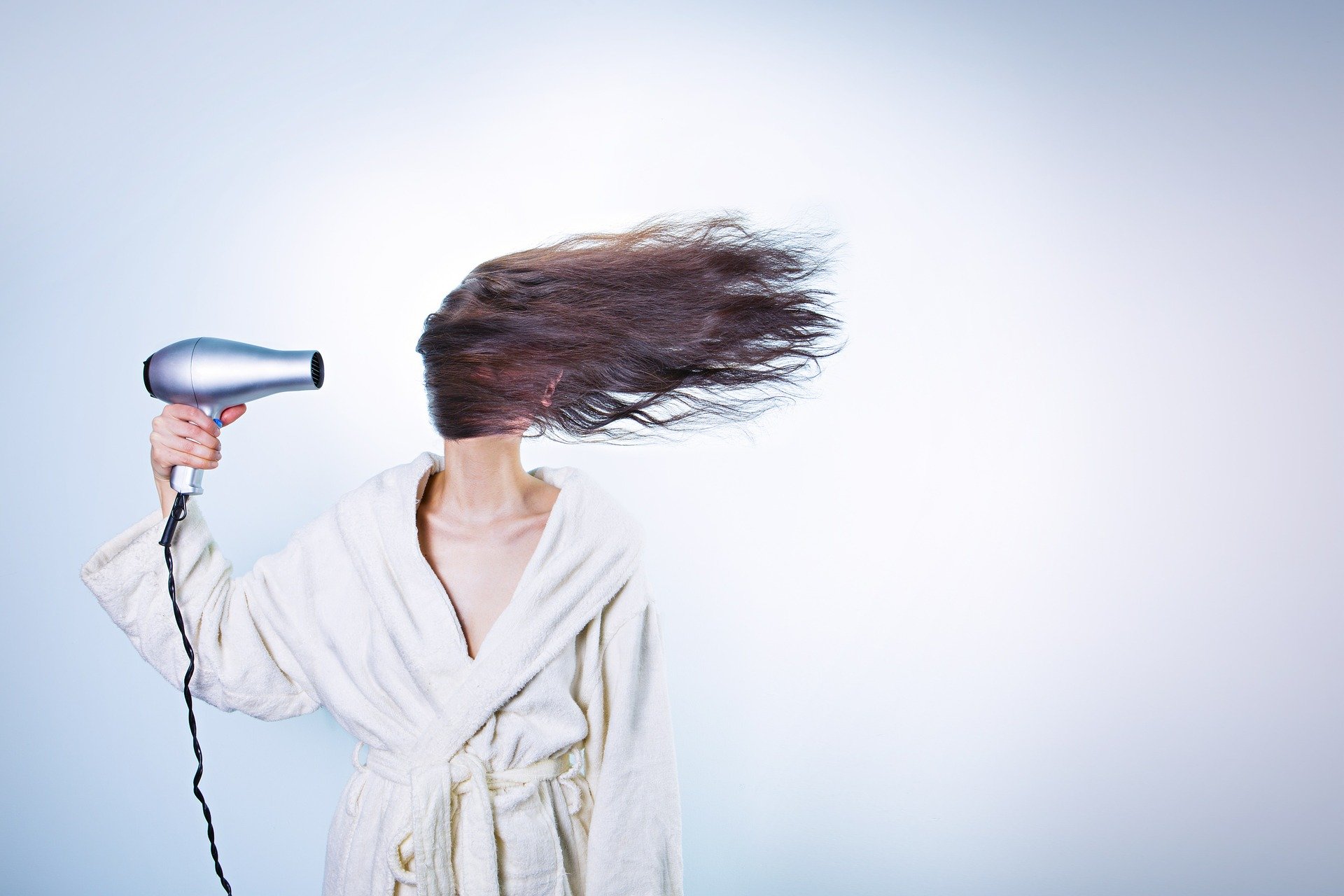Head lice can be very annoying because of how much they make you itch. In fact, you can be so itchy that it interrupts your sleep. Too much scratching can also result in rashes or even skin infections.
If you know the causes of head lice, you will know the things you need to avoid and prevent. This will save you from all the trouble a head lice infestation can cause.
Here are the most common causes of head lice.
1. Direct contact with someone with head lice
If you have head-to-head or body-to-body contact with someone who is suffering from a head lice infestation, be wary. One of the most common causes of head lice is having direct contact with someone who has them.
Head lice really like clinging on a person’s hair. If a head-to-head contact makes you and an infested person’s hair connect, head lice can quickly latch onto your hair and start an infestation.
Head lice can also be found on an infested person’s clothes, so if you have body-to-body contact with this person, head lice can be transferred too.
- Avoid direct contact with someone who has head lice. As much as possible, avoid head-to-head or body-to-body contact with an infested person. Pass up on that greeting hug you give to this person whenever you meet.
- Avoid activities that can lead to direct contact. Cancel or temporarily suspend the activities that can lead to head-to-head or body-to-body contact with an infested person. For example, if your child is infested with head lice and you usually sleep with them on the same bed, consider temporarily moving to a different bed until they are lice-free.
- Remember that head lice can’t fly or jump. Don’t be too afraid of getting near a person who has head lice. These pests can only crawl, so they are only likely to be passed through direct contact. They cannot fly or jump onto your hair.

2. Shared items with someone with head lice
Head lice can also be transmitted through the items you share with someone who has head lice. This is especially true for items that make direct contact to head or hair, such as combs, hats, and helmets.
But you should also be wary of pillows, blankets, towels, and even stuffed toys. Head lice have also been known to stay on these items.
- Remember that head lice can’t live long without a host. Head lice need to suck blood every few hours a day. If they are not in a host that can provide free blood meals, they can die in one or two days. With this in mind, you shouldn’t be too discriminating towards an infested person’s personal belongings. You are more likely to get the head lice from direct contact with this person.
- Avoid sharing items with someone who has head lice. Indeed, head lice die without a host, so they won’t be staying on personal belongings for too long. But this doesn’t mean you should be complacent. Still avoid sharing items with someone who has head lice. Use a different comb. Dry your hair with a different towel. Sleep on a different bed.
- Also be wary of furniture. Head lice don’t just stay in a person’s personal belongings. They can also stay in furniture that has been used by an infested person. For example, if an infested person sat on a particular chair for a while, a few head lice may stay on that chair and wait for a new host. Be particularly wary of sofas, chairs, and beds.

3. Shared spaces with someone with head lice
Being in close proximity with someone who has head lice can also put you at risk of getting head lice yourself. But as said earlier, head lice don’t fly or jump. Being merely close with someone who has head lice will not put you at severe risk. But being negligent will.
For example, you are putting yourself at risk if you intentionally make direct contact with the infested person or share personal items with them.
Sharing a space with someone with head lice is not the end of the world. Aside from avoiding contact and refusing to share personal items, there are some things you can do to prevent getting head lice from this person.
- Don’t use shared storage spaces with someone who has head lice. Sure, you don’t share personal items with the infested person, but this tactic will be useless if you store your personal items with this person in the same spot. Put your comb in a different drawer. Hang your towel in a different towel rack. Store your blankets and bed covers in a different cabinet.
- Always wash your belongings. Head lice can only live one or two days outside of a host, but this doesn’t mean you should be comfortable with host-less head lice. Two days is a lot of time for them to get onto your head and hair. Wash your belongings with warm water and soap. This will help in ensuring your belongings are free from hitchhiking head lice.
- Inform your child about head lice. Anyone can suffer from a head lice infestation, but children are more vulnerable. This is because children are more likely to make contact with each other, especially when they are doing school activities. Children also don’t know any better. But you can change this by educating your child regarding head lice, so they can know how serious an infestation can be and how it can affect their vulnerable community.

These are the most common causes of head lice
You can get head lice through direct contact with someone who has them. Avoid head-to-head or body-to-body contact with this person.
You can also get head lice if you share items with someone who has head lice. As much as possible, use your own items, especially items that touch the head or hair, like combs, towels, and pillows.
You are also at risk of getting head lice if you share the same space with someone who has them. Don’t share storage spaces with this person and always wash your belongings.
Remember that head lice can’t fly or jump. They are crawlers. So, they can only get to you if you become negligent with what comes into contact with your head and hair.

